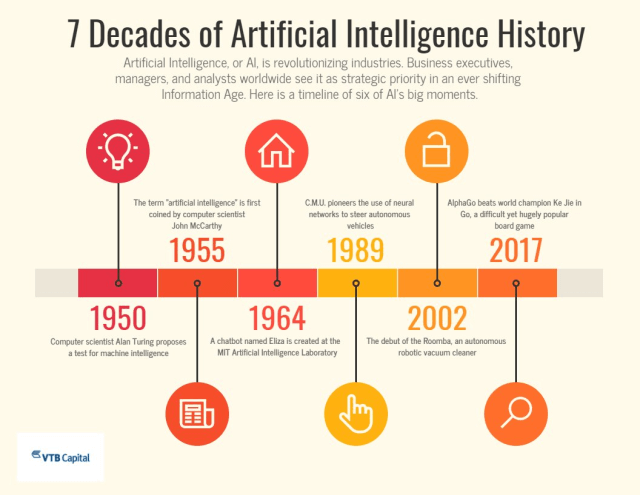"Understanding Thesis Writing: Essential Tips for Beginners"

Shiksha Hub Research is a group of professionals and subject matter experts who are engaged in delivering end to end research consulting services to PhD and Masters Scholars. The company has been involved in rendering complete academic assistance to research scholars. We have been assisting National and Internationals research scholars since 2011. The services offered include topic selection, synopsis development, formulating the research design, Data analysis, Thesis writing/ Chapter writing,

Artificial Intelligence (AI) needs no introduction in today’s tech-savvy transforming world. With its increased popularity and wide coverage across industries, world is waiting for new innovation in open AI or deep mind. In recent times, researchers are trying to cover the complete spectrum of themes pertaining to AI, and derive knowledge from its applications, algorithms, theory, software and hardware infrastructure.
Decades of research in Artificial Intelligence have developed terrifying technologies that are proving to be of immense benefit to the society and industry. AI systems have advanced to such an extent that they can now identify objects in images & videos, translate across multiple languages, streamline manufacturing processes, etc.
With growing times, AI study is focusing on mimicking human intelligence. For instance, one method to acquire knowledge from data is to develop artificial neural networks. These neural networks are composed of neuronline units that adjust how they fire based on the data. However, in several cases, the approaches designed are engineered merely for performance and does not have any resemblance with human intelligence. For e.g., programs that are designed to chess game can consider several possible moves than humans.
Artificial Intelligence has grown beyond academic focus on algorithms, theories and has moved into a context of social and interactive experimentation, continuous data collection, and massive amounts of knowledge about a constantly changing world. But the roadmap identifies a number of stages involved in moving AI to the higher level.

Researchers all around are performing advanced studies in this field and are delivering news-breaking research papers around AI, of which include:
The success of this method is defined by a set of objectives for the computation of edge points. The defined goals should be precise to delimit the desired behaviour of the detector while forming minimal assumptions about the form of the solutions. In addition, this paper also demonstrates a general approach, known as the feature synthesis, for the fine-to-coarse integration of data from operators at various scales. This assists in establishing the fact that the performance of the edge detector performance can be enhanced considerably by extending the operator point spread function along the edge.
This study paper discusses an unsupervised and nonparametric approach of automatic threshold choice for image segmentation. The paper explores how an optimal threshold is chosen by the discriminant criterion to expand the separability of the resultant groups in gray levels. The approach makes use of only the zeroth and first-order cumulative actions of the gray-level histogram. The paper validates the approach by demonstrating several experimental results. Also, this method can be applied across multiple threshold problems effortlessly.
This research paper delves into the approach for extracting distinctive invariant features from pictures. This method can be used to conduct reliable matching between various views of a scene or an object. The features are invariant to image rotation & scale and are displayed to offer robust matching across a wide range of affine distortion, the addition of noise, change in illumination and change in 3D viewpoint. The paper additionally explores an approach which leverages the features for the image recognition process. This method helps in identifying objects among occlusion and clutter while accomplishing real-time performance.
The technology for developing knowledge-based systems by inductive inference has been exhibited in several practical applications. This paper summarises the methods used to synthesise decision trees used in a variety of systems. It specifically explains one such system, ID3. It explains how the ID3 algorithm was incorporated, tested with selected example problems, in detail. In addition to the illustrations of current research directions, the paper also discusses detailed limitations of the basic algorithm, besides correlating the two approaches of overcoming it.
This study talks about how complex is the training process of deep neural networks considering the fact that the distribution of inputs of each layer modifies during training. This approach draws its strength by performing the normalisation for each training mini-batch. Batch normalisation enables us to utilise much higher learning rates. In some cases, it also nullifies the need for dropout. This is the outcome of modification in the parameters of the previous layers.
None can deny the fact that Artificial Intelligence has a tremendous effect on our day-to-day life. Its applications have made their presence felt across the globe. In the coming time, AI technology will be incorporated in almost every device, field and application.
But making significant progress towards the advanced level AI isn’t possible in isolation. Researchers claim that long-term objectives of understanding intelligence and developing intelligent machines are ambitious and bold.
That is, taking Artificial Intelligence to the next level would require bringing together the algorithms, resources, and theories. Without the appropriate resources, AI research is limited and foundational questions would remain unanswered.
Q1: Why are these AI research papers considered top-notch?
Q2: How do these papers contribute to the future of AI?
Q3: Can a non-expert grasp the significance of these AI papers?
Q4: Who will find these papers relevant and intriguing?
In conclusion, this blog presents a handpicked selection of the top 5 AI research papers, providing a gateway to the pinnacle of AI innovation. By exploring these papers, you'll be introduced to groundbreaking algorithms, transformative ideas, and the cutting-edge advancements that define the exciting landscape of Artificial Intelligence.
Comments
Post a Comment